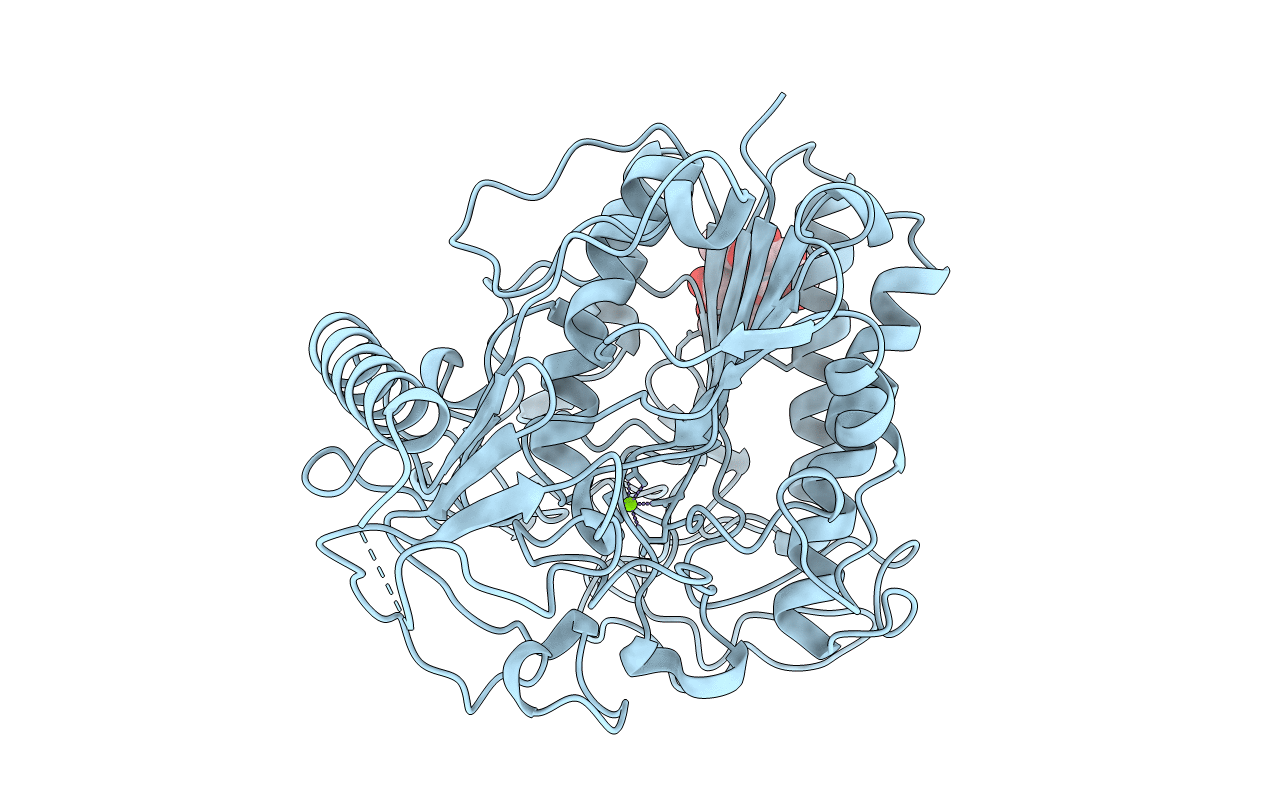
Deposition Date
1997-08-29
Release Date
1998-03-04
Last Version Date
2025-03-26
Method Details:
Experimental Method:
Resolution:
2.10 Å
R-Value Free:
0.27
R-Value Work:
0.23
R-Value Observed:
0.24
Space Group:
I 4 2 2


